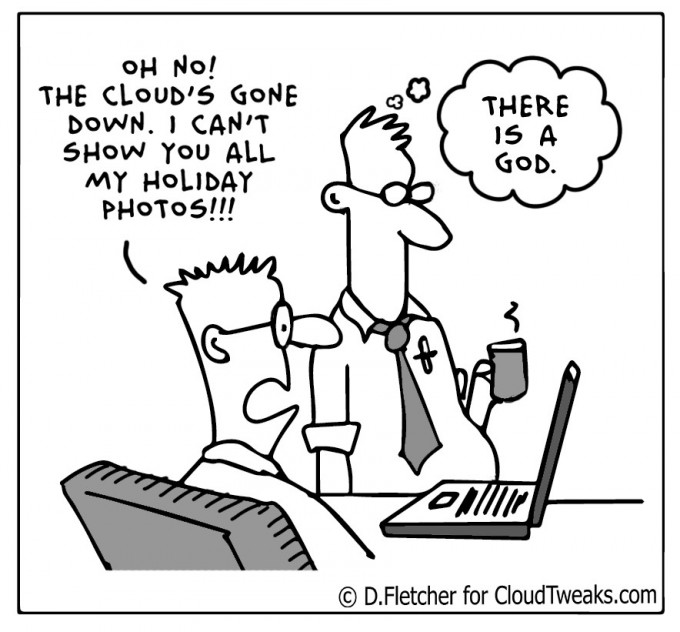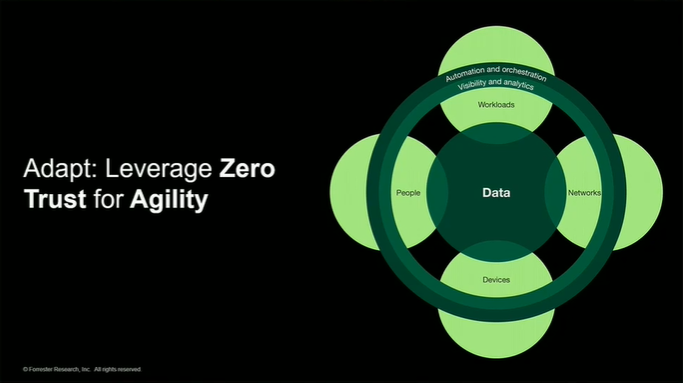Whether due to a lack of time, need or simply because email started at such an advanced stage, digital data-transfer systems have not progressed as far as physical delivery system. Centuries ago, Greek soldiers carried messages across great distances by foot. Today, delivery systems handle daily mail with a network of transportation modes, even looking forward to services like drone delivery.
The same sense of progress is absent from digital systems. This is not to suggest that the state of digital delivery is unimpressive, or that advancements are not being worked toward. Technologies, such as email, are particularly striking in their ability to handle digital transfers, especially considering their more recent adaptation across new devices (ie. mobile). However, email is often the furthest frontier.
As companies consider the modern digital landscape and develop new ideas, many wonder – is there a better system to attract this email-dependent consumer base?
One popular answer to this question is data transfer. While still using an account with an email service provider, data transfers overcome many of email’s most common limitations. As users demonstrate a preference for convenience and speed, data transfers could change how users engage with an email service provider. In particular, data-transfer systems greatly improve file-sharing features like security, file size and platform usability.
It’s yet to be determined if data transfer systems will ever completely replace email subscriptions. Email still holds a great deal of value for its users, and it’s unlikely that the service will be phased out soon.
However, modern data transfer systems do offer users a number of useful features:
One of data transfer’s biggest draws is security. This is interesting because many email users send important information across the web with little consideration for its safety. From credit card data to signed contracts, users hardly ever think twice about where their files are going, and who might unknowingly have access to them. Like a website or database, email servers are hackable.
With data transfer systems, user data is well protected. The best data transfer systems offer military-grade encryption upon transfer, which gives users complete control over safeguarding their data. First, users create their own encryption passwords. Second, users are responsible for choosing who to share their password with. And third, some systems even allow users to add optional messaging that can only be seen post-decryption. Even if a data transfer ends up in the wrong hands, these three features ensure that the most private information remains protected.
Not every file needs this type of encryption. For example, a user may choose not to encrypt their vacation photos or family recipes. However, as email users become more educated on the safety of their data, this heightened security is especially important when sharing highly personal information.

When sending an email, users experience restrictions in the files that they can send. For example, when working from a computer, Gmail users can only send files that are 25 megabytes in size or less. The same is true for other popular providers like Yahoo and Microsoft Outlook. With such a small file maximum, email users are very limited in what they can send one another.
Data transfer systems allow users to send files up to five gigabytes in size. As devices become capable of housing more data, users need to be able to send larger files. For example, email providers make sending a group of high-resolution photos frustrating because they often exceed 25 megabytes. Users can overcome this limitation through a data transfer, sending more data all at once.
An email inbox can be a confusing and cluttered place. Necessary information can too easily get lost within long chains of emails, and users can unintentionally delete important files. Moving forward, data transfer can clean up this process.
Data transfer systems have engineered easy-to-use platforms that make sharing systematic. Users can share files instantly, around the world and to multiple recipients at the same time. From friends to family to coworkers, data transfer systems send users email containing a link that pulls them to an external website. This single link can contain multiple files. This keeps inboxes organized and makes locating older files easier, as they are all stored on a single platform in a uniform way. Links are also often only available for a short period of time, increasing the security of every exchange.
As an added feature, certain data transfer systems alert users to when their shared files have been viewed or opened. Confirmation notifications are an easy way for users to stay informed when sending important documents to a large number of people.
Perhaps the gap between email and data transfer is not so drastic as the one between foot and drone delivery, but the same principles apply. Just as new inventions improve the security, size and usability of physical delivery systems, data transfer systems are helping users find similar value across a digital landscape.
As technology advances and users continue to turn toward their devices, it’s likely that data transfer systems will popularize. Email will remain an important tool for users, but one thing is for sure – digital transfer systems are evolving how users approach email.
By Tunio Zafer





